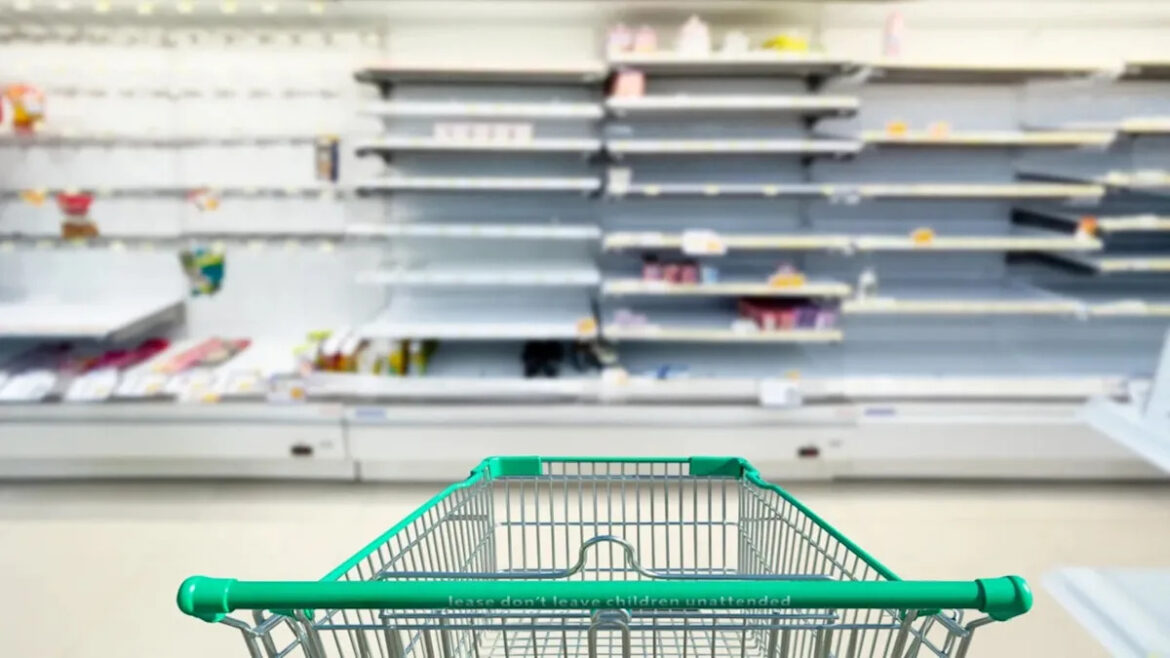Japan’s holiday season could look very different this year. With fewer strawberries for cakes, pricier vegetables, and less premium rice on store shelves due to record-breaking heat across Japan. This change in climate has devastated farms, threatening supplies of beloved holiday staples and highlighting how a warming planet is driving up food prices worldwide.
What’s happening?
According to Hirota Tomoyoshi, a professor of agricultural sciences at Kyushu University, Japan’s increasingly hot and erratic weather is reducing both the yield and quality of major crops.
“Supply becomes unstable, making price fluctuations more likely,” Tomoyoshi warned in his recent article.
In 2023 and 2024, soaring summer temperatures caused sunburned tomatoes, poor pollination in fruit crops, and widespread quality deterioration in rice — Japan’s national staple. Strawberries, traditionally featured in Christmas desserts, were especially hard hit, with some regions unable to harvest in time for the holidays. Even apples and grapes have suffered discoloration and flavor changes, with nearly 30% of Japan’s apples showing poor coloring last year.
“While higher temperatures raise sugar content in fruits, they also reduce sourness, which may disrupt the flavor balance,” wrote Tomoyoshi.
Why is this concerning?
Japan’s situation mirrors a global pattern: the changing change is putting tremendous strain on food systems. As hotter, drier, and stormier weather becomes the norm, grocery prices are climbing, and food variety is shrinking. These supply disruptions hit consumers hardest during the holiday season, when demand for specialty produce and ingredients spikes.
Experts warn that these trends could soon affect exports and global food trade, meaning that wherever you set your table this holiday season, you may also feel the pinch. The broader pattern is clear: As the planet overheats, grocery bills rise, from rice shortages in Asia to wheat and corn volatility in North America.
What’s being done about these food shortages?
Japanese farmers are fighting back. Many are developing heat-tolerant crop varieties, adjusting planting schedules, and even relocating production northward to cooler climates.
“For field crops such as soybeans and wheat, cultivation is expanding northward to help offset reduced yields in Honshū and farther south. For example, soybean farming has spread to the Okhotsk region in northern Hokkaidō,” wrote Tomoyoshi.
Globally, experts stress that supporting sustainable agriculture and reducing planet-warming gas pollution remain essential to protecting food security. And we can all do our part by shopping seasonally, reducing food waste, and planning smarter grocery trips — saving money while supporting local, climate-resilient produce.
Join our free newsletter for good news and useful tips, and don’t miss this cool list of easy ways to help yourself while helping the planet.


Dining and Cooking